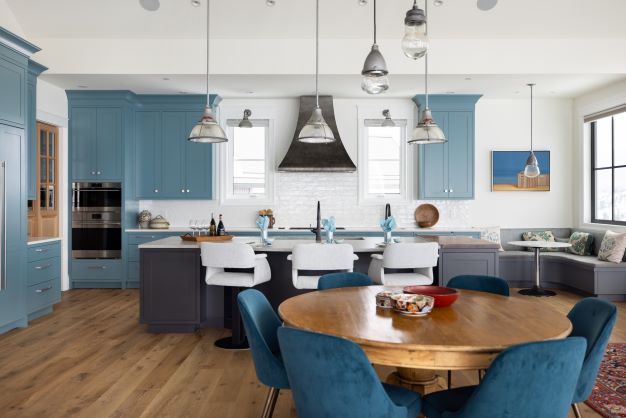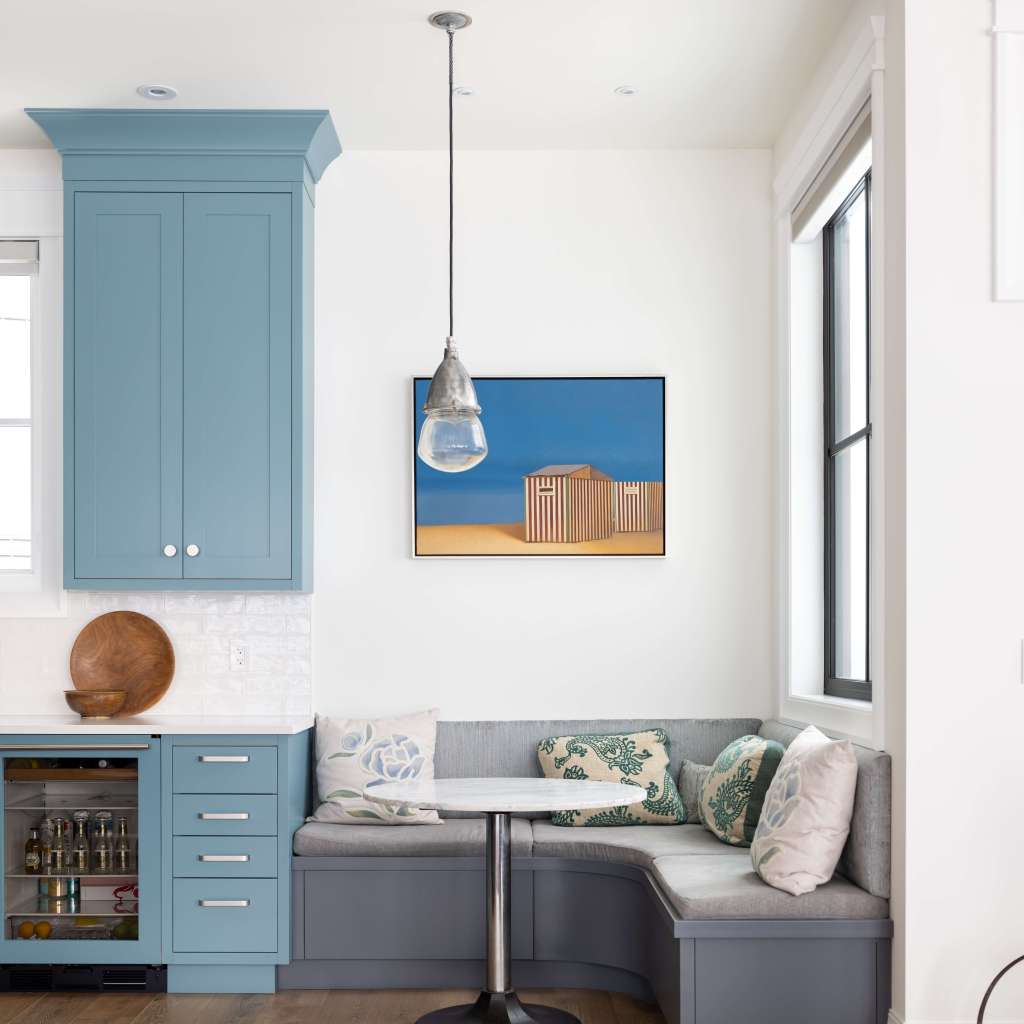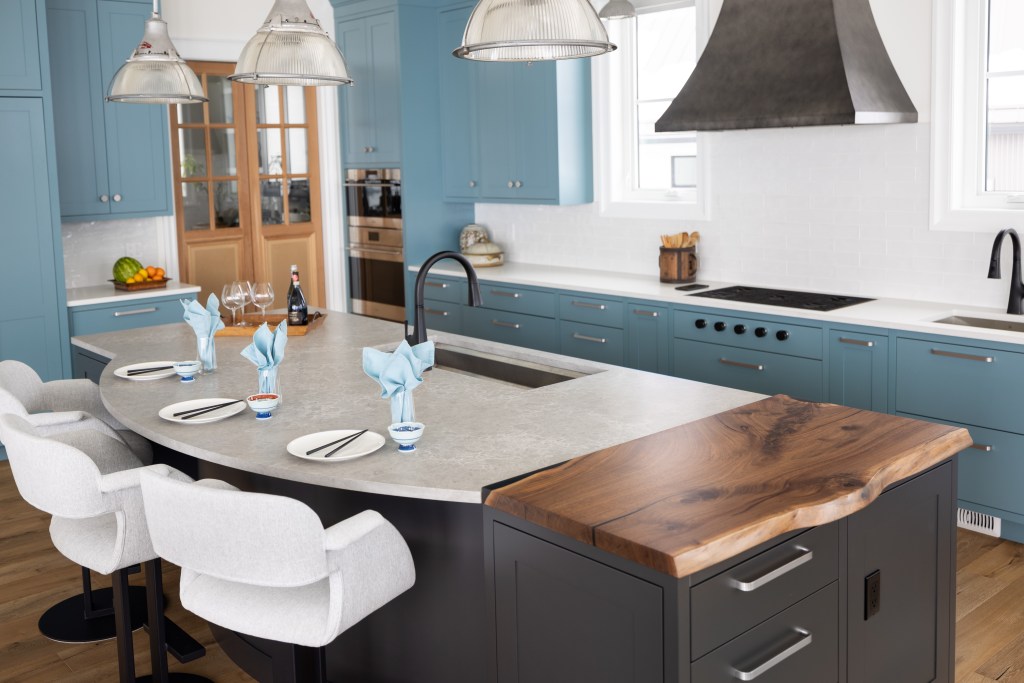This week I wanted to share with you a Blog I wrote for the software design company 2020 Spaces entitled: Website Design Strategies – 5 Tips For Kitchen and Bath Designers
I have used the 2020 Design software in my Kitchen Design practice since 1998 and have loved the flexibility it has offered my business.
2020 helps professional designers, retailers and manufacturers in the interior design and furniture industries capture ideas, inspire innovation and streamline processes.
By providing end-to-end solutions and the world’s largest collection of manufacturers’ catalogs, 2020 provides businesses with the software and content to be more efficient, integrated and productive.
2020 applications allow professional designers to create kitchens, bathrooms, closets and commercial offices which look as stunning on the screen as they do in reality.
I am thrilled to have been chosen as their first Guest Blogger!
Website Design Strategies – 5 Tips For Kitchen and Bath Designers
2020 SPACES DECEMBER 8, 2020 2020 BLOGS, 2020 DESIGN, 2020 FUSION, BUSINESS MANAGEMENT, HOME DESIGN & REMODELING, KITCHEN & BATH

The year 2020 has shown us that as Kitchen & Bath Designers our online presence is more important than ever.
Consumers are hesitant to spend time visiting multiple showrooms due to COVID restrictions. The Kitchen & Bath Designers who will come out on top are the ones that can give homeowners a memorable online experience.
A winning website needs to convert visitors into buyers! So, make sure you have the following:
1) The Right Website Theme

When choosing a theme, you want to pick one that is reflective of your design style.
For example, if you specialize in Modern Design, your website should be designed around a clean and simple font style with a neutral color scheme. If your design style is more Traditional, work with a more stylized font and a rich sophisticated color palette. Don’t confuse your clients by designing an ultra sleek minimalist website if your projects are more layered and family friendly.
It’s important that your website theme is “responsive”, which means it works well on all the different devices; PC, Mac, Mobile or Tablet. Consumers are using their phones more and more for online research. They may pass you by if your website doesn’t look good on their screen.
2) Include Your Unique Differentiator

A big part of your story on your website should be what sets you apart from the competition. If you do what everyone else does, there’s not much of an incentive for consumers to narrow in on your firm. Highlighting the areas or products you excel at can make you stand out.
Potential Unique Differentiators could include:
- A Specific Décor Style
- Brands/Manufacturers you work with
- Photo Realistic Renderings
- Virtual Reality Presentations
- Universal Design
- Functional Design
Highlight your unique offering by providing an explanation. For example, “With our photorealistic renderings you experience the room before your order is placed!”
3) Present a Winning Portfolio

Just because you took 54 pictures of your last kitchen project does not mean that you need to include every one of them on your website. Tip: Curate your images!
If you can’t get the perfect shot using your smart phone, concentrate on the detail shots and edit each shot, even if it’s as simple as a minor cropping or color sharpening. With today’s technology you can always render a photorealistic image with professional design software to include in your portfolio.
Include a story behind the design to enhance your projects. Let the viewer know about a problem you solved with your design. People relate to stories. Use them to make you and your business more relatable to prospective clients.
Studies have shown that people love viewing Before & Afters. Set yourself apart by taking this one step farther and include a Before Image, Rendered Image and After Image. This approach proves that a picture is worth a thousand words. Tell the story with 3 images!
4) Include a Lead Magnet

Getting the contact information of a prospect that visits your showroom is basic sales 101. This should also happen when someone visits your website.
Add a free download on your website, in exchange for a visitor’s name and email address. This is a lead magnet and provides you with valuable contact information. The lead magnet that you choose needs to be one that brings value to your ideal client such as:
- Checklists
- Designer Tips
- Comparison Charts
- Trends Reports
Once your prospect opts into your lead magnet, be sure to follow up. Send an email to introduce yourself. Start a conversation to find out their needs and how you can be of service.
5) Include Your Product Offering

70% of consumers make their decision to work with a firm through their online research. You cannot assume that by visiting your website a prospect will know what you do.
On your “Services” tab, you need to outline exactly what you or your firm offers. For example, you may provide design only and no product or you may be a full turnkey business. These two different offerings appeal to different consumers. In most cases a designer would not want to take on a turnkey project and the turnkey business would not want to do design-only work.
Most people purchase a new kitchen once or twice in their lifetime. Their number one question is, “How much will this cost?” Including an indication of costs on your website is a controversial topic, but in the long run providing some numbers is an excellent qualifier. Include a range of investment figures for your products and/or services. This educates the consumer and starts to build a strong client/designer relationship.
Your website is a key asset for your business. By implementing these 5 strategies it will show your business in the right light. You will then be well on your way to attracting your ideal client.Meet the Author

Jan Rutgers B.Sc. H.Ec. | Jan Rutgers has been designing kitchens and products for over 25 years and is a recipient of Kitchen & Bath Design News’ Top Innovators in 2020 for the Kitchen & Bath Industry. Her use of 2020 Design software since 1998 has helped her design more than 1000 kitchens. Her experience in Kitchen Design, Millwork Manufacturing and Product Development has led her to create the Vestabul School of Design where she educates and mentors people passionate about the kitchen design industry.





